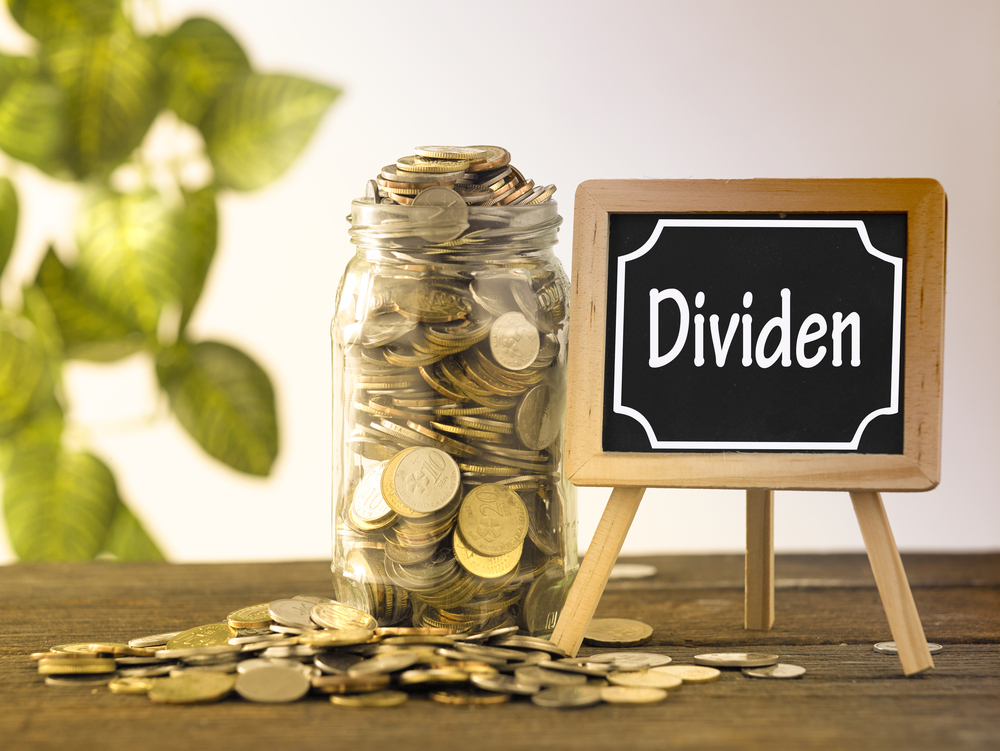
Unleashing The Potential Of Dividends
By, Jeremy Reif, CRPS
Investors can often get caught up in the news or social media world, hoping for quick returns and to double their money overnight. The stark reality is that investing is not for the weak at heart. Sometimes it is best to play the long game. This is usually done by seeking avenues to maximize their returns and minimize risk.
One strategy that has stood the test of time is investing, which Warren Buffett has made famous in dividend-paying stocks. In this blog post, we will delve into the significance of dividends, how they can impact your investment decisions, and the intricate details surrounding dividend payback and capture strategies.
Why Dividends Matter
There is a time and place for people to chase returns, but this is not necessarily that type of investment. Companies that pay dividends are paying profits to their shareholders rather than sticking the money back into the company, looking for growth. Typically, these companies have reached economies of scale, are no longer trying for rapid growth, and are at a more mature stage in their development.
Dependability in Volatile Markets
Not every stock pays a dividend, but when it does, it can serve as a stable anchor for a portfolio. While stock prices are influenced by market fluctuations, dividends are typically paid whether the market is up or down. As mentioned before, many of these companies might be in the mature stage. Their company value proposition might fluctuate, but they can sometimes weather the economic environment a little better than a start-up, small, or medium-sized company, but not always.
Accelerating Payback on Investment
Dividends not only offer income but can expedite the payback on your initial investment. By calculating a stock’s payback period based on expected dividend growth, investors can establish a baseline for recouping their initial investment. This concept becomes a crucial factor in assessing the risk-return potential of different stocks.
Dividend Payback Matrix
To better understand the relationship between dividend yields and growth rates, a dividend payback matrix can be employed. This matrix helps determine payback times (in years) based on various dividend scenarios, offering investors valuable insights into the potential returns on their investments.
The Dynamics of Dividends and Market Value
Dividend-paying stocks provide a unique avenue for investors to receive income during all market phases. Dividends can also act as a hedge against inflation. They can have different tax advantages, which makes them an attractive option. It’s equally important to recognize that dividends come at a cost.
The reduction in a company’s market value. As a company pays out dividends, its stock price adjusts downward, reflecting the distribution of wealth to shareholders. Another way to think about this is by pretending that there are two identical companies, and one pays a dividend while the other does not. The company paying out the dividend would grow slower than the company not paying out the dividend because it uses that money to reinvest right back into the company for growth.
Understanding Ex-Dividend Dates
In other words, when to purchase the stock? The ex-dividend date is a critical factor in dividend payments. Investors must own the stock before this date to receive the upcoming dividend. This date, usually one business day before the record date, signifies the cut-off point for dividend entitlement. While it may seem unfair to those buying on or after the ex-dividend date, the lower stock price at that time compensates for the missed dividend.
Dividend-Capture Strategies: Myth or Reality?
As with any investment, there is no guarantee. This is where true investment strategy comes into play and is easier said than done. Those who think it would be easy to collect dividends and then sell the company at a profit have another thing coming. This takes analytical skill as well as a little bit of market timing as to when to pull the trigger. Investors would be better served by having a strategy in place to help with the decision-making process.
The Bottom Line
In the financial world, there are no free lunches, and the same applies to dividend-capture strategies. Between commissions, taxes, and stock price adjustments, profiting from such strategies is challenging. Investors should carefully consider these factors before engaging in stock transactions solely for dividend payments.
In conclusion, dividends can be a valuable component of an investment portfolio, providing stability and income. However, understanding the dynamics of dividends, their impact on market value, and the complexities of dividend-capture strategies is crucial for making informed investment decisions.

